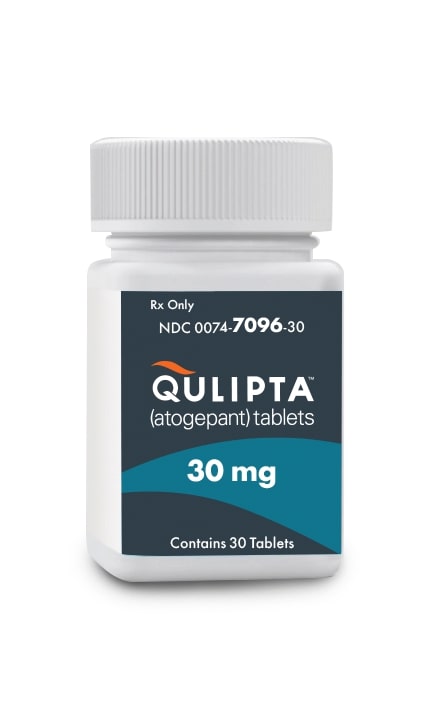 AbbVie (NYSE:ABBV) has submitted a supplemental New Drug Application (sNDA) to the FDA to support the use of atogepant (Qulipta) as a preventive treatment of both episodic and chronic migraine.
AbbVie (NYSE:ABBV) has submitted a supplemental New Drug Application (sNDA) to the FDA to support the use of atogepant (Qulipta) as a preventive treatment of both episodic and chronic migraine.
FDA approved the drug in September 2021 as a preventive treatment of episodic migraine in adults.
In March 2022, AbbVie announced that the Phase 3 PROGRESS study testing atogepant met its primary endpoint of reducing mean monthly migraine days over placebo in patients with chronic migraine.
In its recent sNDA filing, AbbVie included data from the pivotal Phase 3 PROGRESS trial in patients with chronic migraine. The placebo-controlled study met its primary endpoint, which related to a statistically significant reduction from baseline in mean migraine days per month.
Atogepant is an oral calcitonin gene-related peptide (CGRP) receptor antagonist (gepant) developed as a preventive migraine therapy.

Qulipta bottle image courtesy of AbbVie
If approved, atogepant would become the first gepant to find use as a broad preventive treatment of migraine.
Gepants have transformed the migraine treatment landscape after the FDA approval of Allergan’s Ubrelvy (ubrogepant) in 2019 for the acute treatment of migraines with or without aura.
FDA approved Nurtec ODT (rimegepant sulfate) from Biohaven Pharmaceutical Holding Company Ltd. in 2020 for the same indication.
AbbVie’s product portfolio also includes onabotulinumtoxin (Botox), which won a label extension on October 10, 2010, as a chronic migraine therapy.
Botox was first FDA approved in 1989 for the eye muscle disorders blepharospasm and strabismus.
“Having one oral medication to treat both episodic and chronic migraine would be an important advancement for health care providers and patients,” said Dr. Michael Gold, therapeutic area head, neuroscience development, AbbVie, in a statement. “This sNDA approval would also diversify AbbVie’s migraine portfolio and make it the only company to offer two approved preventive treatments for those living with chronic migraine. No two migraine patients are alike, so having multiple treatment options with unique mechanisms of action is critical.”